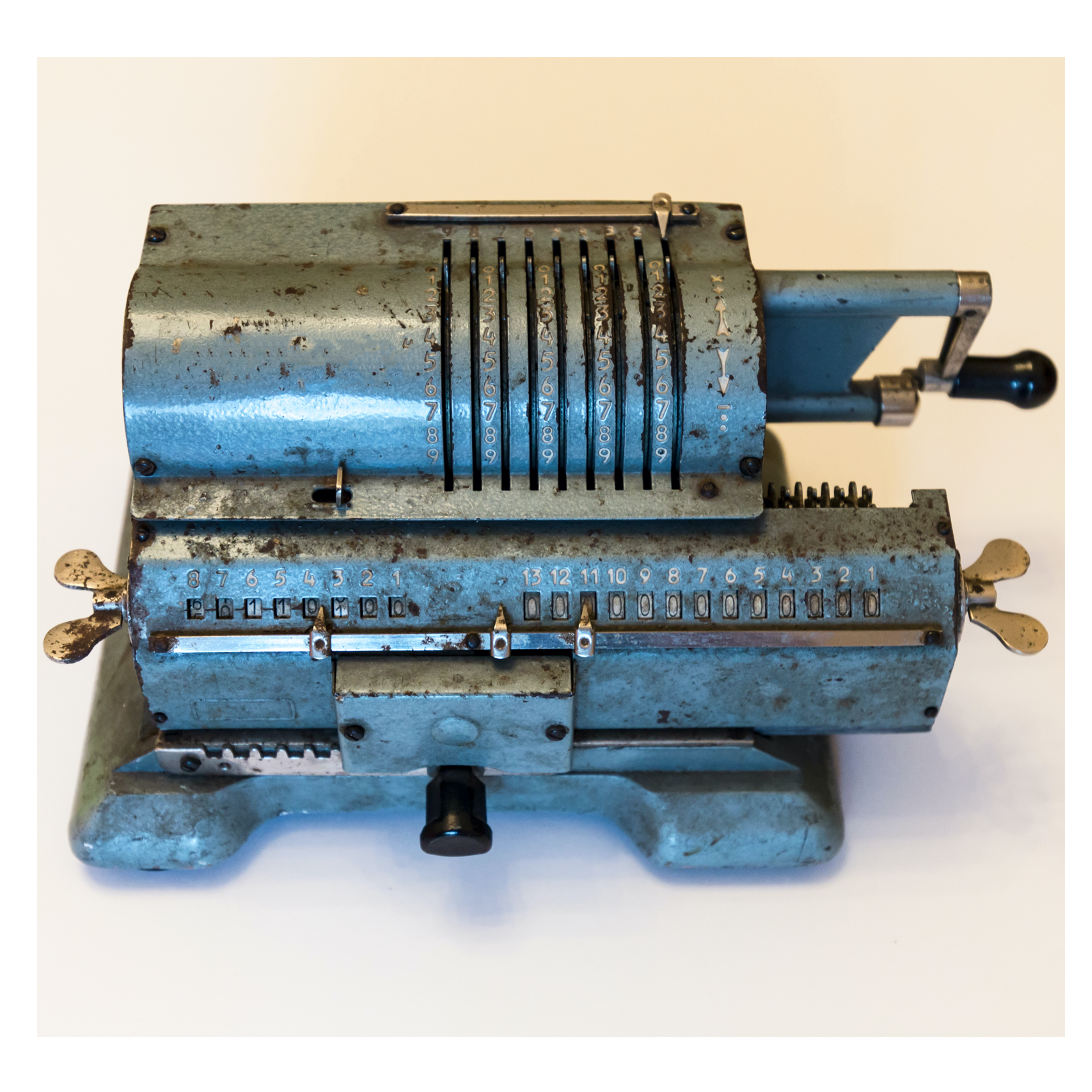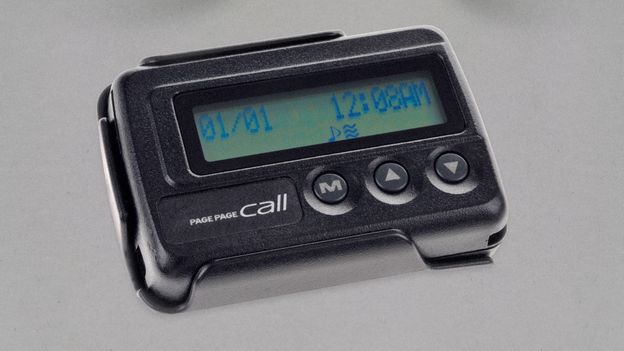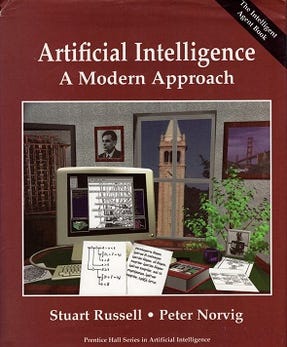
How The IBM PC Went 8-Bit
If you were around when the IBM PC rolled out, two things probably caught you by surprise. One is that the company that made the Selectric put that ridiculous keyboard on it. The other was that it had an 8-bit CPU onboard. It was actually even stranger than that. The PC sported an 8088 which was a 16-bit 8086 stripped down to an 8 bit external bus. You have to wonder what caused that, and [Steven Leibson] has a great post that explains what went down all those years ago.
Before the IBM PC, nearly all personal computers were 8-bit and had 16-bit address buses. Although 64K may have seemed enough for anyone, many realized that was going to be a brick wall fairly soon. So the answer was larger address buses and addressing modes.
Intel knew this and was working on the flagship iAPX 432. This was going to represent a radical departure from the 8080-series CPUs designed from the start for high-level languages like Ada. However, the radical design took longer than expected. The project started in 1976 but wouldn’t see the light of day until 1981. It was clear they needed something sooner, so the 8086 — a 16-bit processor clearly derived from the 8080 was born.
There were other choices, too. The Motorola 68000 was a great design, but it was expensive and not widely available when IBM was selecting a processor. TI had the TMS9900 in production, but they had bet on CPU throughput being the key to success and stuck with the same old 16-bit address bus. That processor, too, had a novel way of storing registers in main memory which was great if your CPU was slow, but as CPU speeds outpaced memory speeds, that was a losing design decision.













